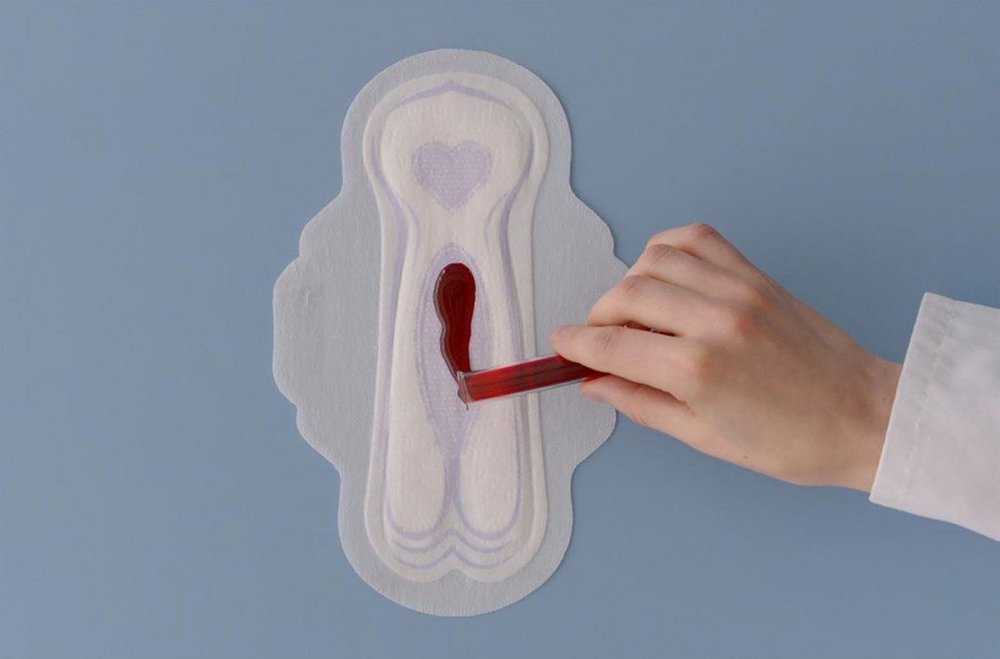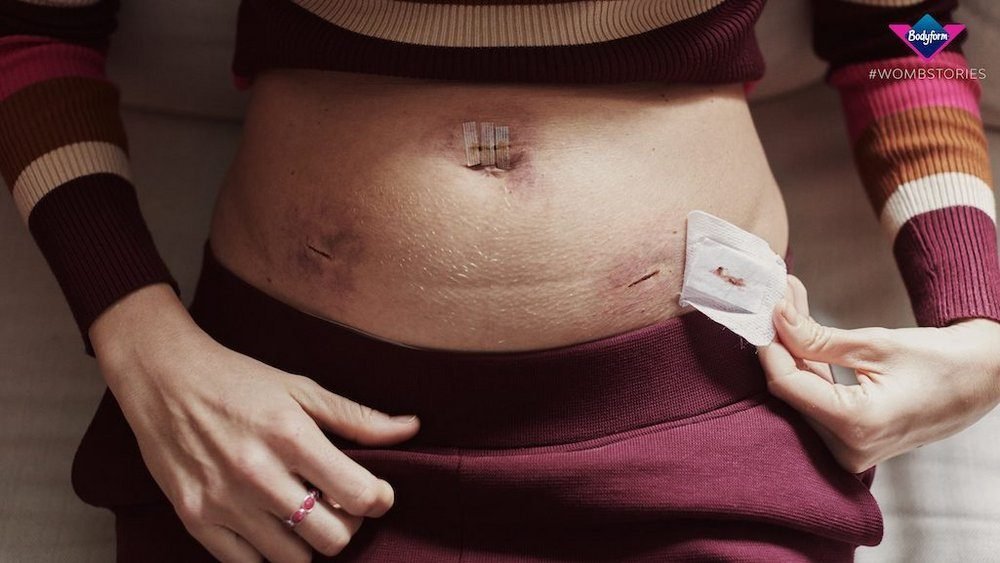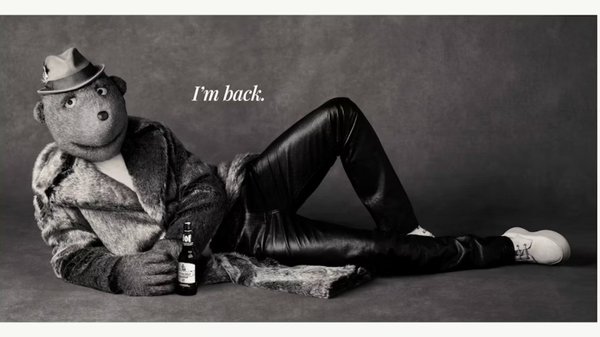Why femcare ads risk going from unvarnished to wallpaper /
A new breed of ‘unvarnished reality’ femcare ads should be a concern and an opportunity for creatives
Alex Jenkins
/
The 1990 film Crazy People tells the story of ad exec Emory Leeson who is sent to a psychiatric hospital after creating a series of ads highlighting negative aspects of the products they’re trying to sell. ‘Amalfi Super Thins,’ reads the tagline to a cigarette ad. ‘Pulmonary cancer? Perhaps… Flavor? For sure!’
However, Leeson is later regarded as a genius when the blunt truthfulness of his campaigns – ‘Volvo: they’re boxy but they’re good’ – proves to be hugely effective.
Of course, this isn’t real life and I wouldn’t recommend using a film that has a 37% rating on Rotten Tomatoes as a replacement for Ogilvy on Advertising. But I think a lot of marketers might watch Crazy People with a sneaking suspicion that ads like that might just work. That could be because it’s a film that heroes the Pratfall Effect: making people like a brand more by admitting a flaw, such as Stella Artois with its hugely successful ‘Reassuringly expensive’ tagline or the legendary ‘Avis is only No.2 in rent a cars. So we try harder’.
But you could equally argue that it’s a film built around the Von Restorff effect: the cognitive bias that means people are more likely to remember something that’s different from its surrounding group. When all ads are glossy statements that overpromise so much that they border on lies, the unvarnished truth sticks out a mile. Those fizzy drinks don’t actually spread happiness, that perfume doesn’t transport you to a beach littered with wistful supermodels, and your photos still look crap even when they’re shot on iPhone. If it feels like all adverts are lying to you, simply telling people the truth could be the simplest way of triggering the Von Restorff effect.
Alex Jenkins, Contagious
Blue ocean /
In 2017, Bodyform did precisely this. While seemingly every other feminine hygiene brand was promising sanitary pads that made women want to jump out of aeroplanes or go rollerblading, Bodyform’s Blood Normal campaign showed the quotidian reality of periods – from a woman interrupting a dinner party to ask for a pad, to blood running down the legs of a woman taking a shower. Against a category of euphemistic blue-water product demos, the unvarnished truth of Bodyform’s ad stood out in a way guaranteed to make Hedwig von Restorff yelp, ‘Now THAT’S what I’m talking about!’

And that little dose of truth went a long way, rocketing the brand’s social share of voice from 37% up to 90%, delivering a 13:1 return on media investment, and making Bodyform the fastest-growing brand in the UK period care category for three years in a row.
For a while it felt that if Bodyform didn’t actually own ‘the harsh reality of being a woman’, then it had certainly put a sizeable down payment on it. But having opened the doors of truth, there’s now an increasing number of companies playing in this space. Babycare and femcare brands such as Frida Mom, Tommee Tippee, WaterWipes and Billie have variously put out ads that show mothers not instantly loving their child when it’s born, the struggles and pain of breastfeeding, what giving birth does to the body, and generally acknowledging that life as a woman isn’t all laughing at salad.
Sea of sameness /
We recently interviewed Beatrice Farmelo, the strategist at AMV BBDO who worked on Bodyform’s Pain Stories campaign and asked her about what she saw happening in the femcare category. ‘I think brands are starting to realise that the best thing to do is to tell the truth […] Once one brand has done it, the floodgates open and more brands do it until telling the truth seems simple.’
That certainly seems to be the case. But as more ‘cut-the-shit’ campaigns come out, it’s also possible to spot a few emerging tropes. Whether it’s the natural lighting, the use of ‘realistic’ actors rather than aspirational models, the unapologetic, non-sexualised, non-Photoshopped close-ups of women’s bodies, the ‘real life’ situations, such as breast pumping while on a laptop in the middle of the night – there’s a certain sameness to the creative that runs throughout this new breed of ads. Don’t get me wrong. We’re big fans of the recent work done by these brands. We’ve featured it in our magazine and on our I/O platform, and much of it is important or at least helpful in normalising and correcting attitudes towards the experiences of women. But if your strategy is ‘zig when everyone zags’, then you need to make sure that everyone else isn’t zigging at the same time. And part of that is making sure that your creative is distinctive and attributable to your brand.
The Measure Your Distinctive Assets report from Ehrenberg-Bass reveals that, ‘On average, half the people who see an advertisement fail to correctly identify the brand.’ It’s a colossal waste of time and money that can be easily avoided by simply pausing to ensure that your creative work isn’t going to present you in the same way as a raft of other brands. Because producing an ad that makes you look like everyone else is just crazy, people.
Want more of the same? /
We don’t just write about best-in-class campaigns, interviews and trends. Our Members also receive access to briefings, online training, webinars, live events and much more.







